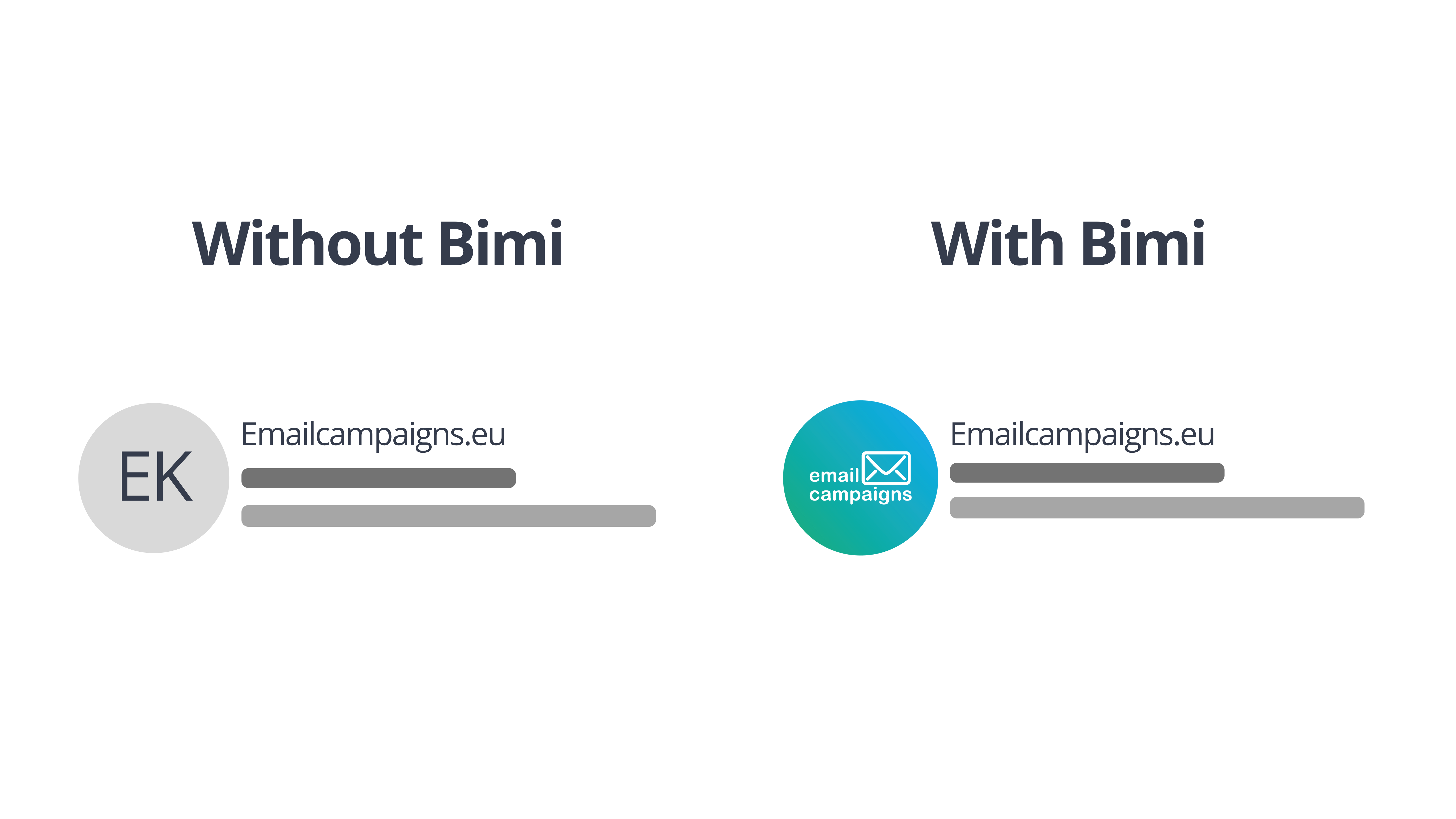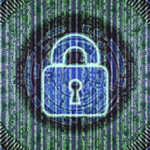Email communication is a key element of everyday business, and in today’s digital age, it’s especially important to stand out among the flood of emails in recipients’ inboxes. So how can you ensure that your emails not only stand out, but also inspire trust? BIMI (Brand Indicator for Message Identification) provides the solution. This new standard allows businesses to display a verified logo next to the emails they send, leading to greater credibility, better protection against phishing and a more professional look to your messages. In this article, we’ll take a look at how BIMI works and why it should be an integral part of your email marketing strategy.
What is BIMI?
BIMI, or Brand Indicator for Message Identification, is a new standard that allows companies to display their logo directly next to emails in recipients’ inboxes.
This system works through a special DNS record that references your company’s logo. When a BIMI-enabled email service provider receives an email from your company, it pulls the logo from your DNS record and displays it next to the email in the recipient’s inbox. This makes the logo visible only on authenticated emails, and it increases the credibility and recognition of your messages.
How does BIMI work and how does it work with brand logos?
As mentioned – BIMI is a tool that helps your brand stand out in the recipient’s inbox by displaying your logo next to your emails. In order for BIMI to work properly, there are a few steps you need to take.
Implementation of the DMARC protocol
The first step is to create a Domain-based Message Authentication, Reporting & Conformance (DMARC) protocol.
DMARC helps protect your domain from fraudulent emails and phishing. When you have DMARC set up properly, you can ensure that your emails are authenticated and that recipients can trust that they are really coming from you. DMARC therefore serves as the cornerstone for the security of your email communications.
To use BIMI, you need to change the DMARC record value to quarantine/reject. Why? Because BIMI only displays your logo on authenticated emails, and for maximum protection, the receiving server needs to know how to handle emails that do not pass authentication. Setting it to quarantine moves unverified emails to spam, while reject rejects them outright. This ensures that your brand logo is only associated with authentic messages.
However, changing the settings is not a simple thing, you need to make sure you have SPF and DKIM implemented in all the necessary places, otherwise even valid emails will start getting discarded or moved to spam.
So the record should look like this:
| Name | Type | Record* | Value |
|---|
| DMARC | TXT | _dmarc.yourdomain.com | v=DMARC1; p=quarantine or p=reject |
Create SVG file with logo
The next step is to create an SVG file with your logo. SVG (Scalable Vector Graphics) is a special image format that allows your logo to look good on all devices, whether it’s a computer, tablet or mobile phone. It’s important that your logo is clear and easily recognizable, which will help recipients of your emails quickly identify your brand. You then upload your logo in this format to a secure server where email service providers can download it.
Displaying the logo to email service providers
Once all the previous steps are successfully completed – setting up DMARC, creating the SVG logo, and obtaining the VMC certificate – your logo will start appearing with emails sent from your domain. You can check if everything is working correctly using the BIMI Generator tool. This tool allows you to verify that your BIMI record is properly configured and that your logo will appear next to your emails as intended.
Verification of the logo using a VMC certificate (not mandatory)
Verifying your logo with a VMC certificate is not required to use BIMI in email marketing, but if you want to make sure your logo always appears, a VMC certificate (Verified Mark Certificate) can help. This certificate confirms that the logo and domain really belong to your company. The process of obtaining the certificate involves several steps, and certification authorities such as DigiCert can help you through the process. This step is not mandatory, but it can add an extra level of protection and increase the credibility of your brand. The cost of the certificate is $124 per month, which can be a challenging investment for some businesses.
Which providers support BIMI?
A number of large email service providers have already implemented BIMI support. This means that if you have a VMC certificate, your logo will appear on emails sent through these services:
- Yahoo Mail
- Gmail
- AOL
- Fastmail
In addition to these providers, supporters include Apple Mail, French postal provider La Poste, Cloudmark, Zone and Poland’s Onet Poczta.
For a complete list of providers that support BIMI, visit the BIMI Group website.
What benefits will you get with BIMI?
Increased credibility and protection against phishing
A verified logo next to the email immediately signals recipients that your email is from a trusted source. In this day and age where people are increasingly wary of phishing and spam, this visual reassurance can greatly improve your open rate.
Brand enhancement and higher email open rates
Displaying your logo next to your emails significantly increases your brand awareness. Recipients who see your logo frequently will remember your brand better and perceive it more positively. This benefit contributes to higher email open rates and more interaction with recipients, which leads to better results for your email campaigns.
Competitive advantage
Since BIMI is still a relatively new technology, companies that implement it can gain a competitive advantage. Displaying logos alongside emails is an innovative and professional way to differentiate yourself from competitors and grab the attention of recipients.
BIMI is an effective tool for enhancing credibility and brand protection in email marketing. Implementing BIMI requires several steps, including setting up DMARC, creating an SVG file with a logo, and obtaining a VMC certificate. While these steps may require some investment and effort, the benefits are obvious. Displaying a verified logo alongside emails not only increases credibility and protects against phishing, but also boosts brand awareness and improves email open rates. Support from major email service providers such as Yahoo Mail, Gmail and Apple Mail make BIMI an affordable and effective tool for businesses looking to gain a competitive advantage and stand out in email communications. Implementing BIMI can thus become a key element of a successful email marketing strategy.
Do you need assistance with the analysis and implementation of DMARC, SPF or DKIM records? We can help you ensure optimal setup and increase the security of your email communications.






